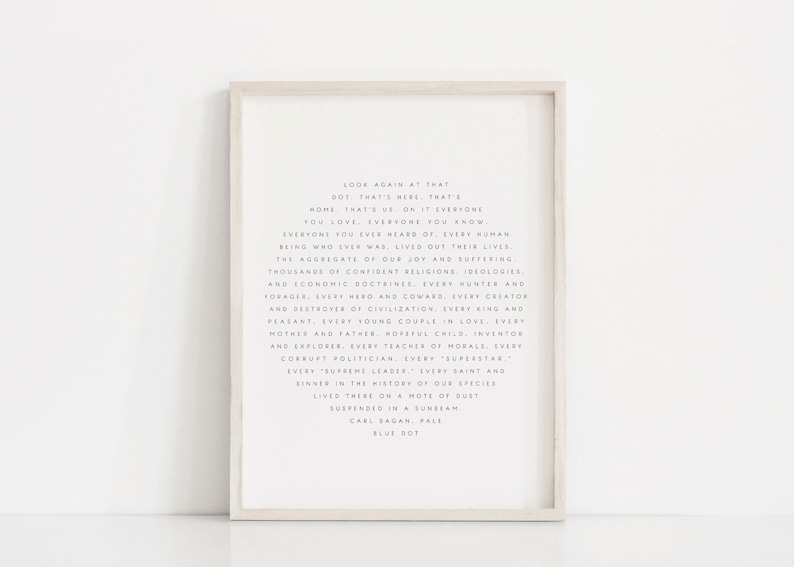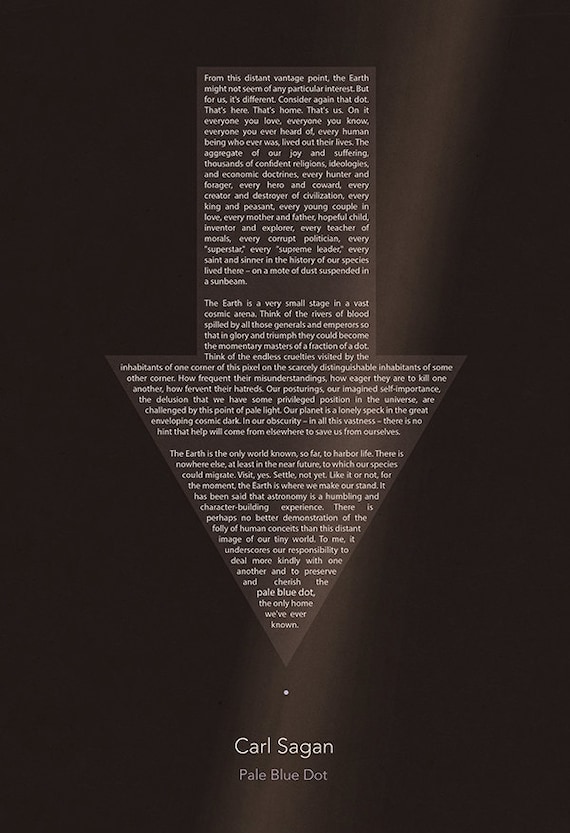
Published in 1985, Contact was Sagan’s departure from science non-fiction. Jodie Foster starred in the movie adaptation of Carl Sagan's book 'Contact' in 1997. Carl Sagan wanted Contact to be an early video game. The series ran for 13 episodes and helped make Sagan the most famous name and face in the field of science, though it didn’t stick with its original title, Man and the Cosmos. When he worked with NASA in 1976 on the Viking Lander Imaging Team project that would gather information from Mars, he decided to combat the lack of media attention with a television series, Cosmos: A Personal Voyage, and a companion book that explored space and human civilization. As a NASA consultant, Sagan was consistently amazed by the work of the space agency and puzzled why the general public didn’t feel the same. JPL, Wikimedia Commons // Public DomainĬarl Sagan attended the University of Chicago, graduating with a bachelor’s and later a master’s degree in physics, and was eventually named director of Cornell’s Laboratory for Planetary Studies in 1968. Carl Sagan created Cosmos because he wanted to make space exploration popular again.Ĭarl Sagan posing with a model of the Viking lander in Death Valley, California.

The Demon-Haunted World: Science as a Candle in the Dark (1996), which imparts lessons in skeptical thinking.Ģ.Pale Blue Dot: A Vision of the Human Future in Space (1994), a sequel to Cosmos that further explores the role of humans in space.A Path Where No Man Thought: Nuclear Winter and the End of the Arms Race (1990), written with Richard Turco, which details the authors’ attempts to warn domestic and foreign leaders of the horrors of nuclear war.Contact (1985), a novel about a scientist who journeys into space to communicate with alien life.


Other Worlds (1975), which explored the potential for life on other planets.

While not a complete list, some of his more well-known titles include: Though he frequently appeared on television, Sagan’s written works stand as his most influential contribution to the understanding of astronomy. In November 2013, a collection of Carl Sagan's papers were on display at the Library of Congress in Washington, D.C.


 0 kommentar(er)
0 kommentar(er)
